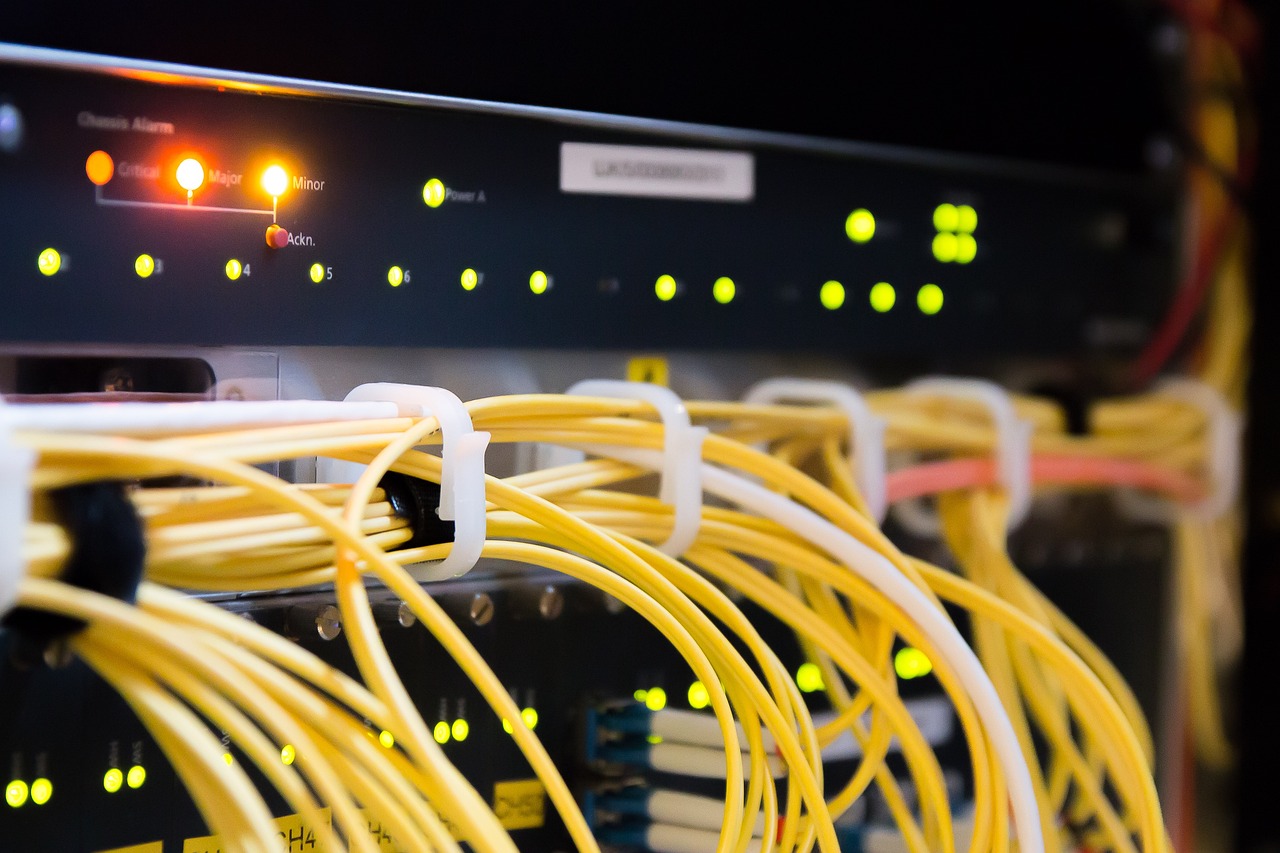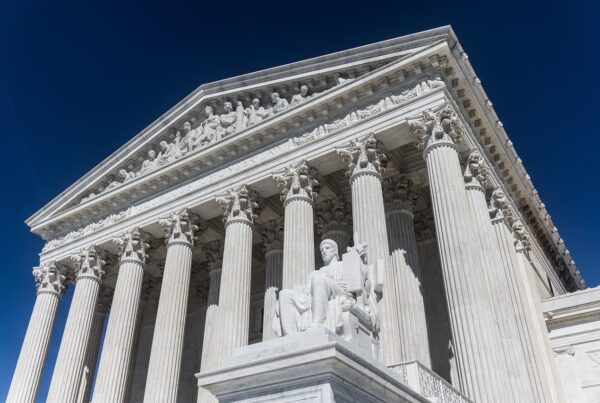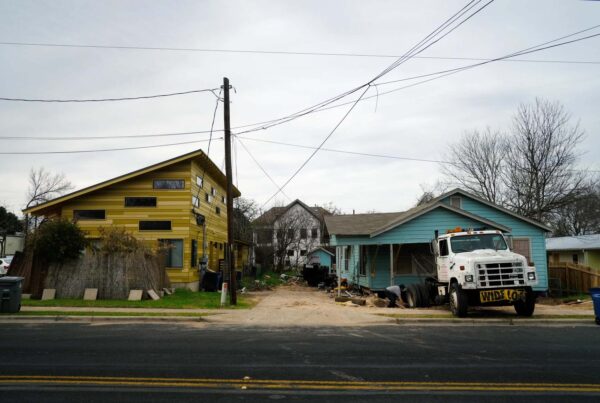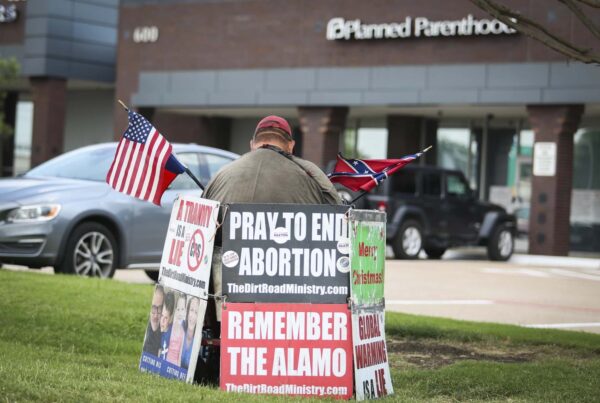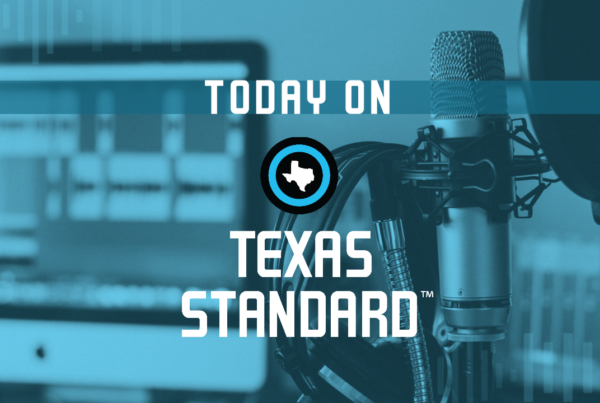Texas stands to receive more than $3 billion in federal funding to build out broadband internet across the state.
It’s the largest single chunk of money for broadband provided to any state and it’s among the fruits of the Biden administration’s Bipartisan Infrastructure Law, which will allocate $42.5 billion in funding to get every household in the U.S. broadband internet by 2030.
State funding is also coming for broadband. The Texas Legislature authorized $1.5 billion in funding, which will be administered by the new state broadband office, which is scaled back from the originally $5 billion proposed. That is, if voters approve it in November.
It’s estimated that millions of Texas households, many in rural parts of the state, lack high-speed internet, meaning 25 mbps or faster. It’s one reason some conservative Republicans who represent those areas have joined with Democrats to make broadband access a priority. Tech expert Omar Gallaga says that funding for Americans without this access is a long-time coming and will help bridge the gap in the “digital divide.”
Highlights from this segment:
– Some reasons the federal government has given for this program is to get children better access to school resources and to help people find jobs.
– There is a debate on the maps that were created to determine who will get access to the internet, such as what is defined as “rural” areas and areas that need it. There have been 2,200 challenges to this map thus far. The latest map showed 330,000 locations that are being deemed as in need of internet; 23,500 of which are in Texas.
– What the physical infrastructure will look like is up in the air, as it will depend on who will be providing the internet, how the money will be allocated and to what areas the funding is going to be directed to.
– President Biden has compared this to the Rural Electrification Program of the 1930s, which was a game changer for rural Texas. The difference between that program and this one is that this is something that has been talked about since the late 90s/early 2000s and should have already happened by now.


